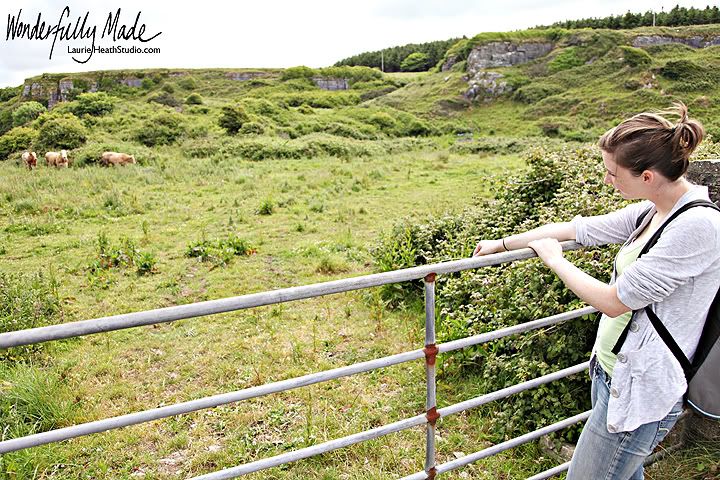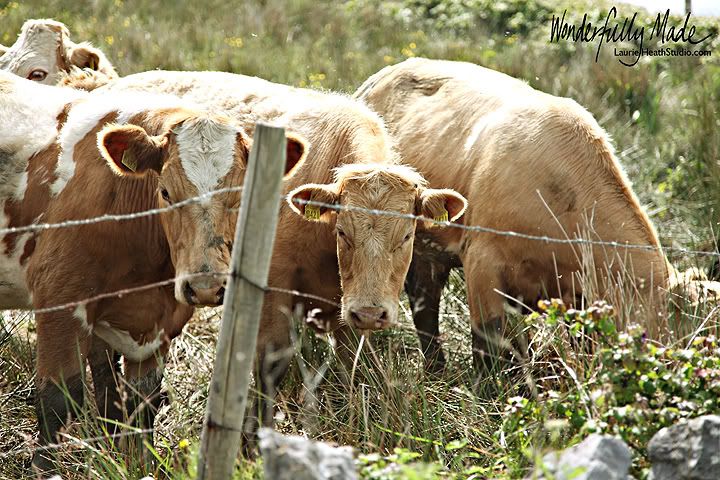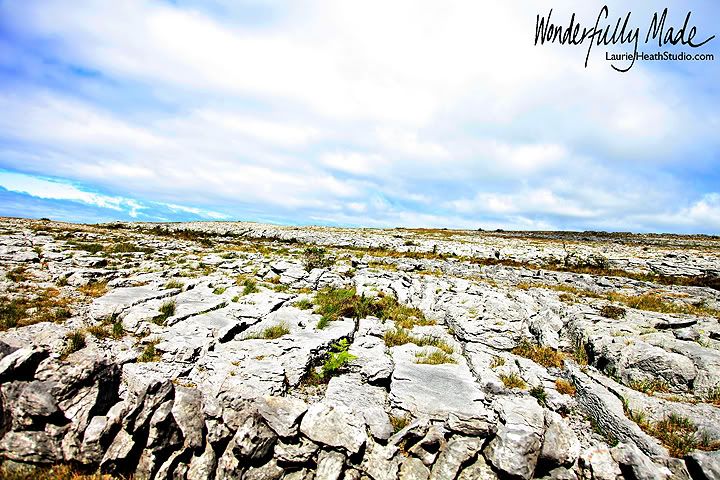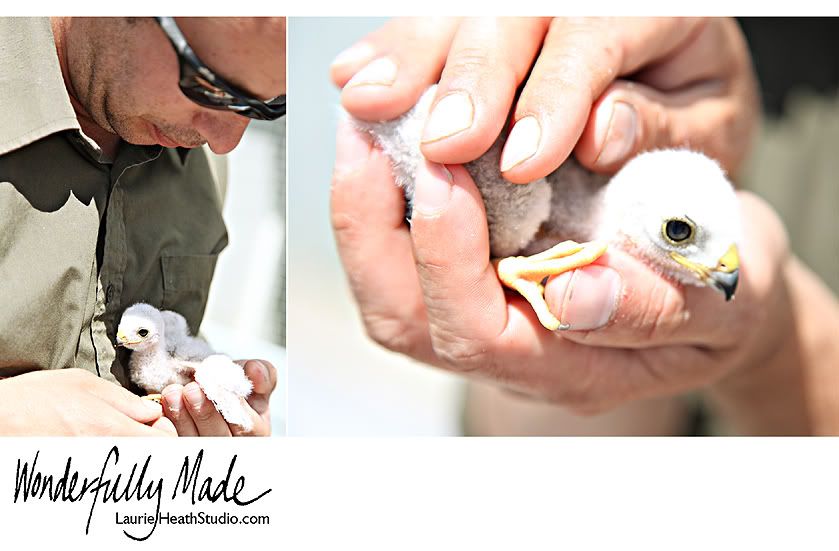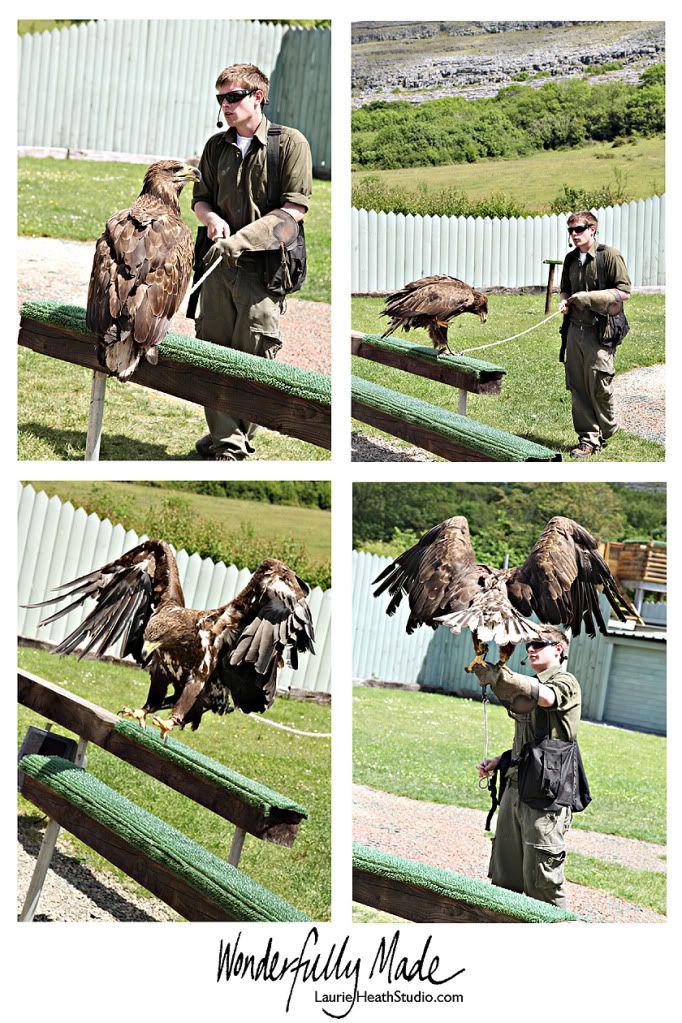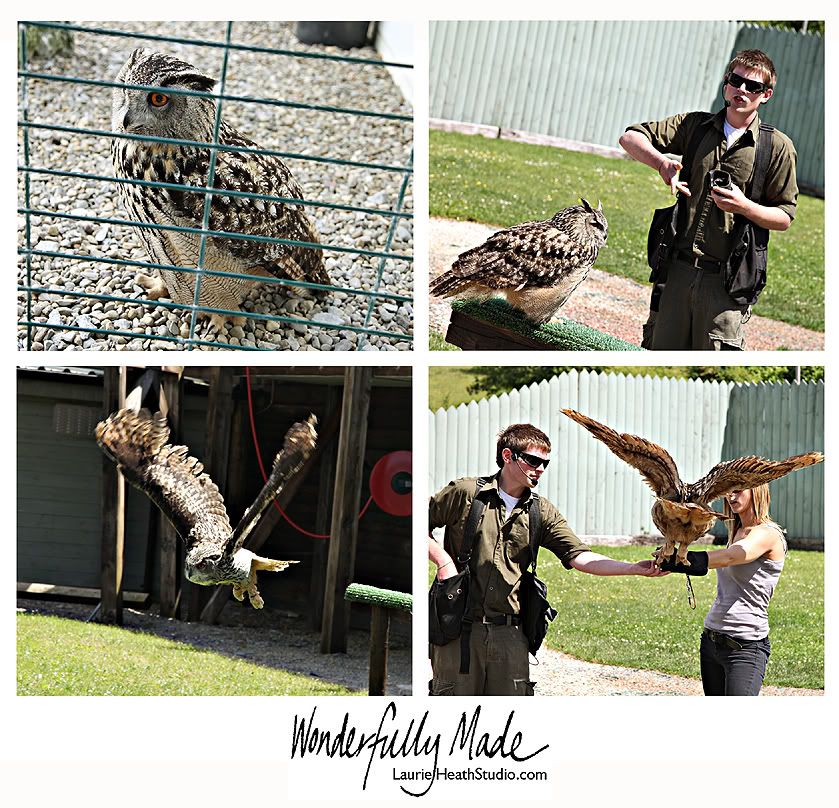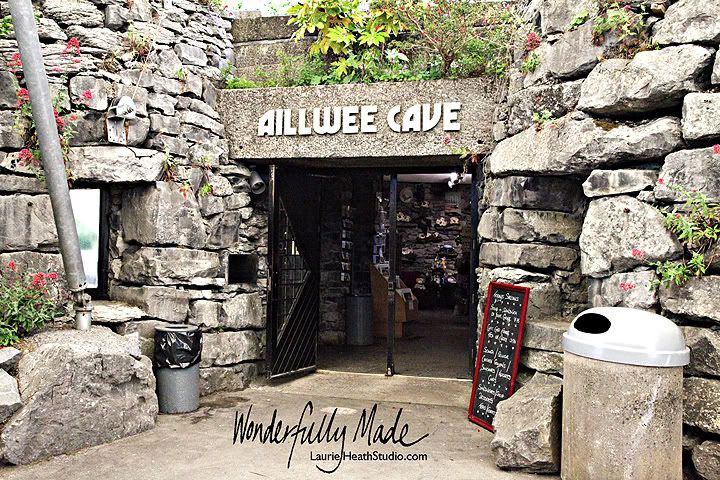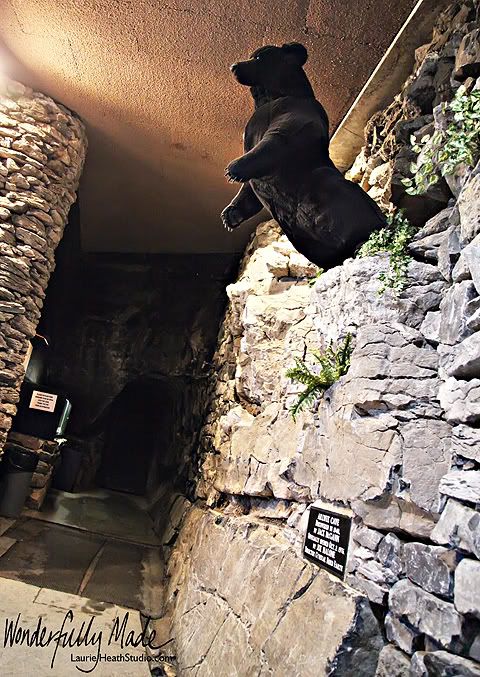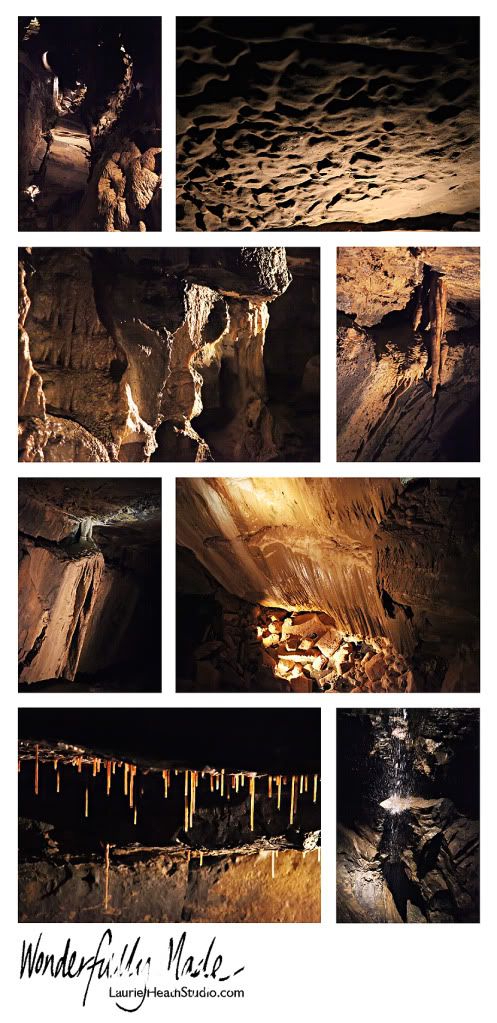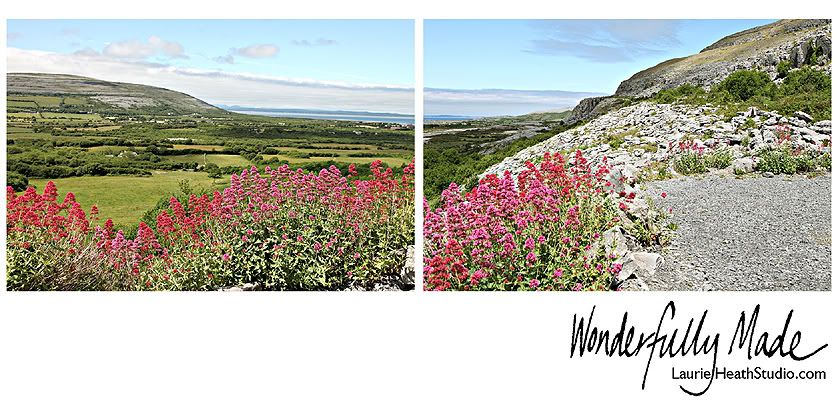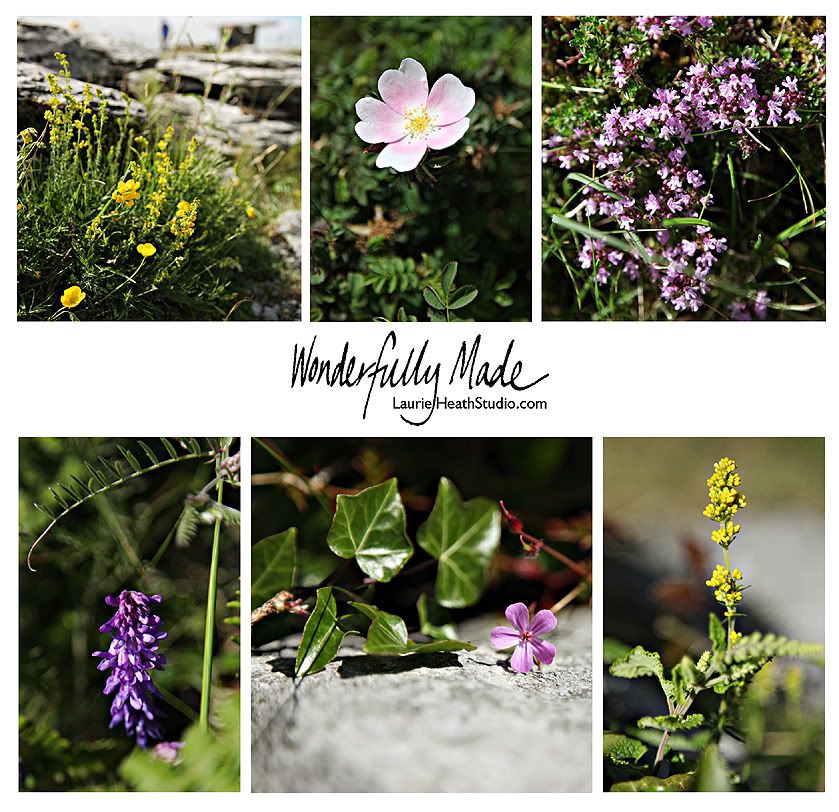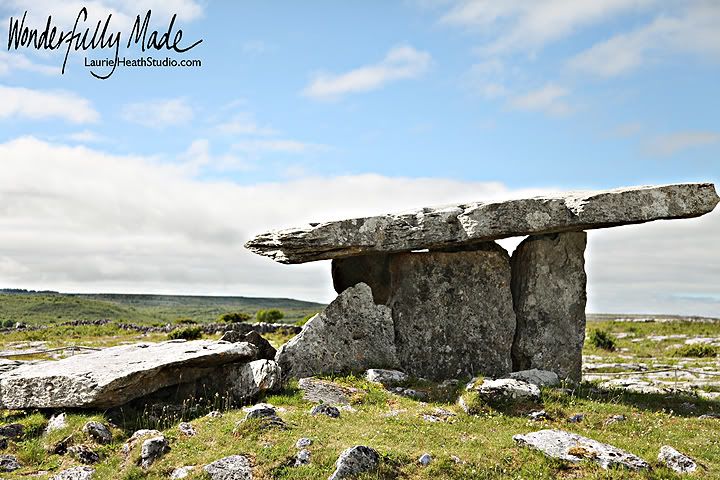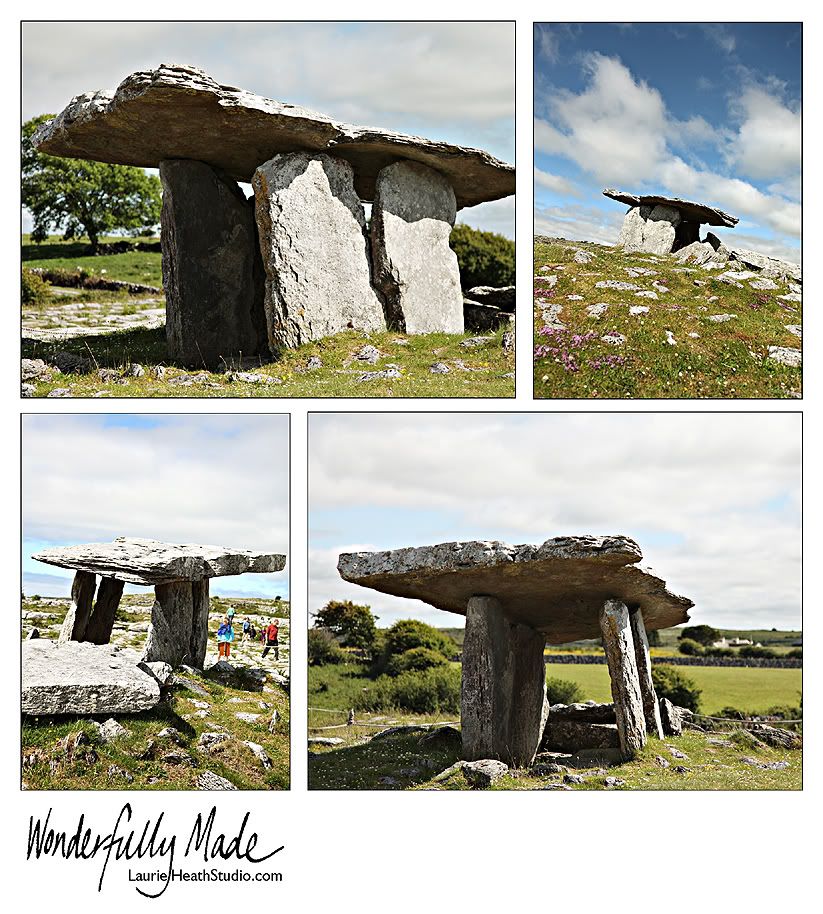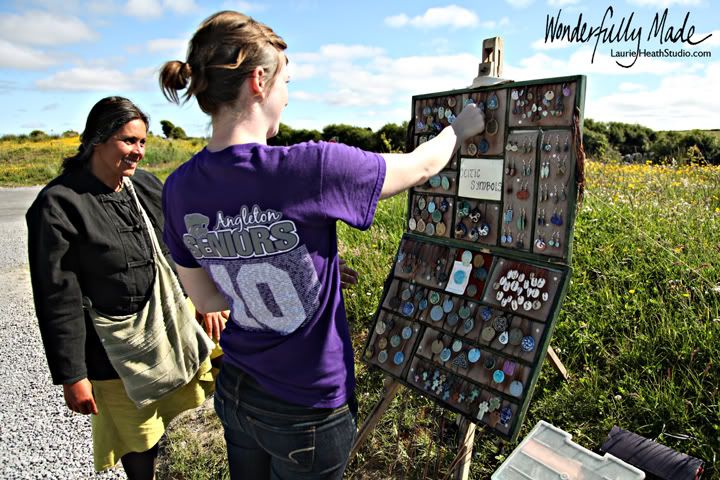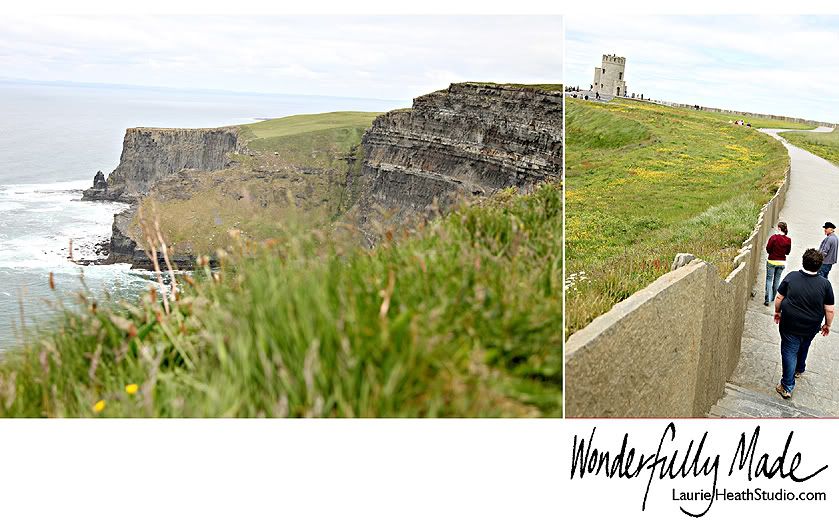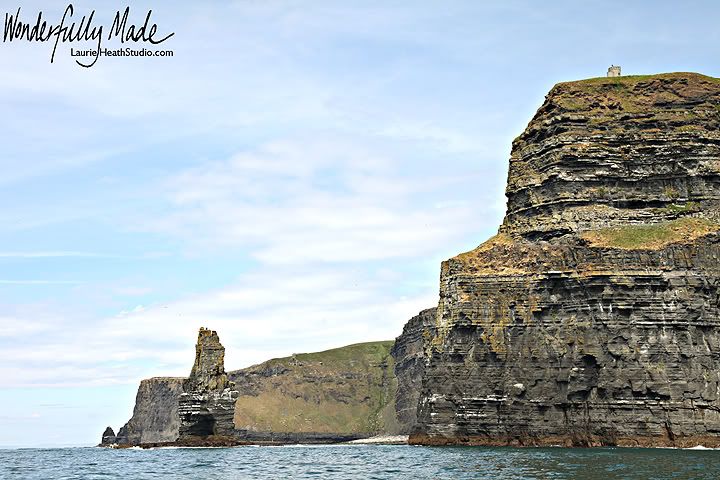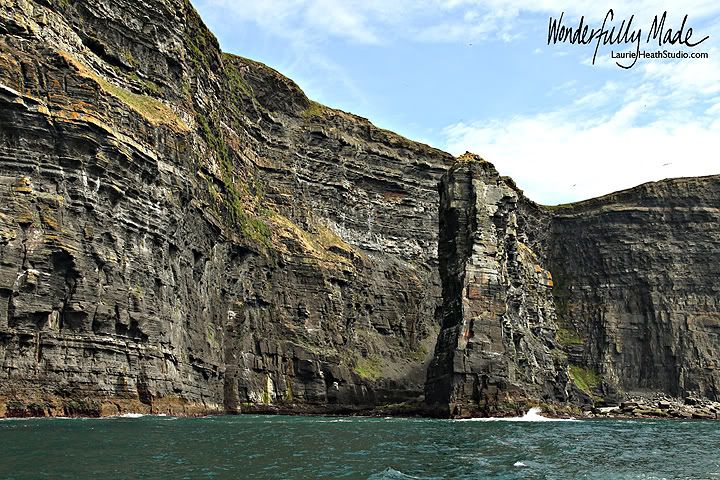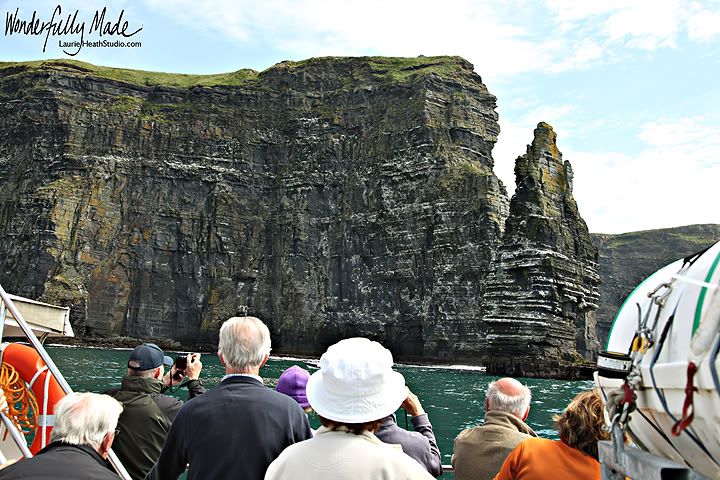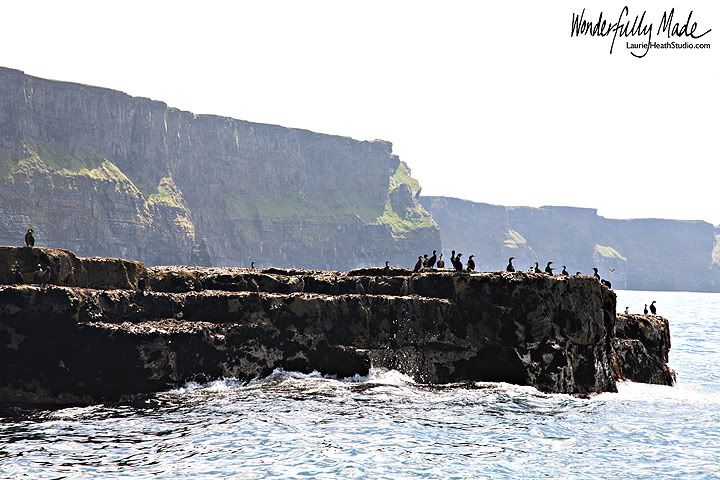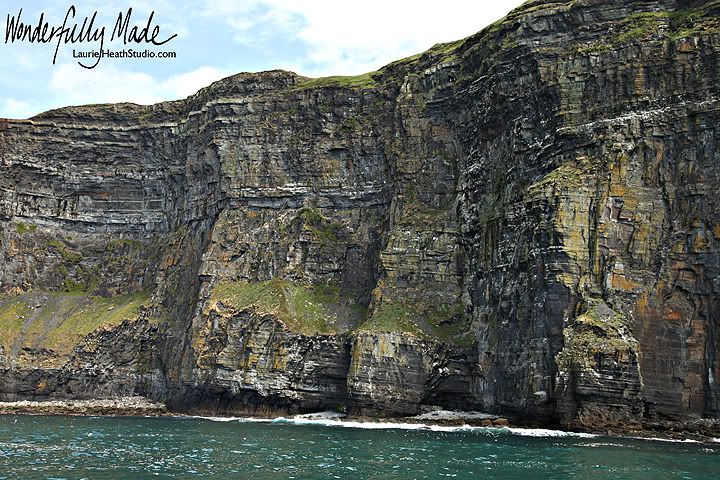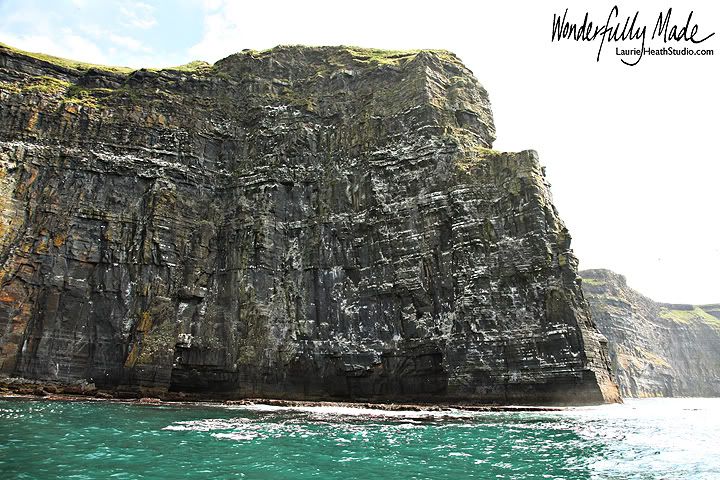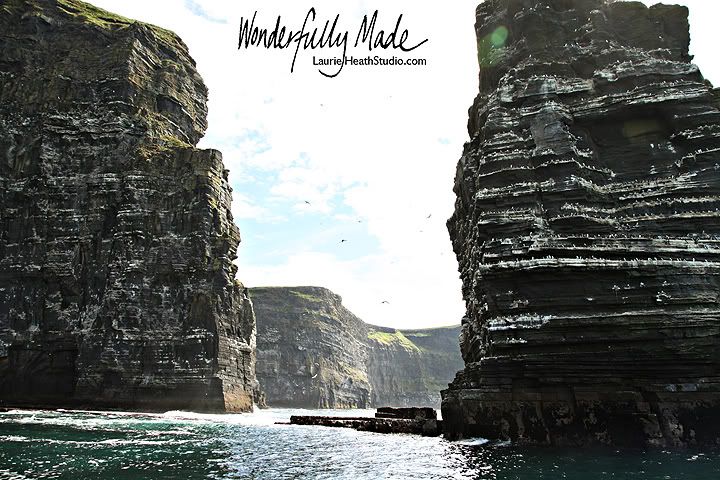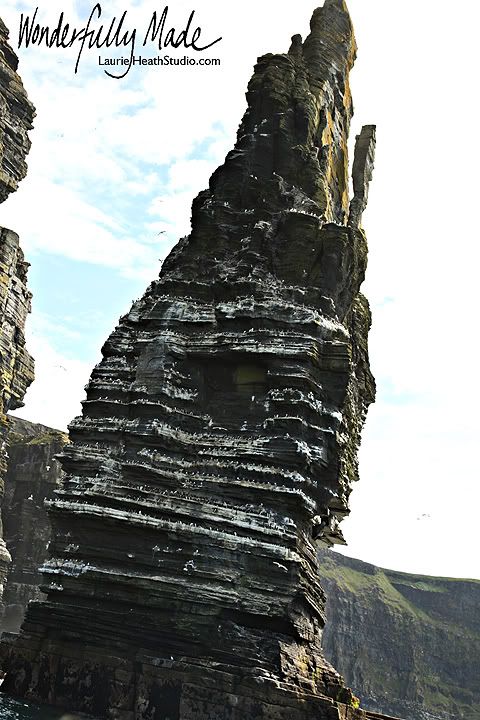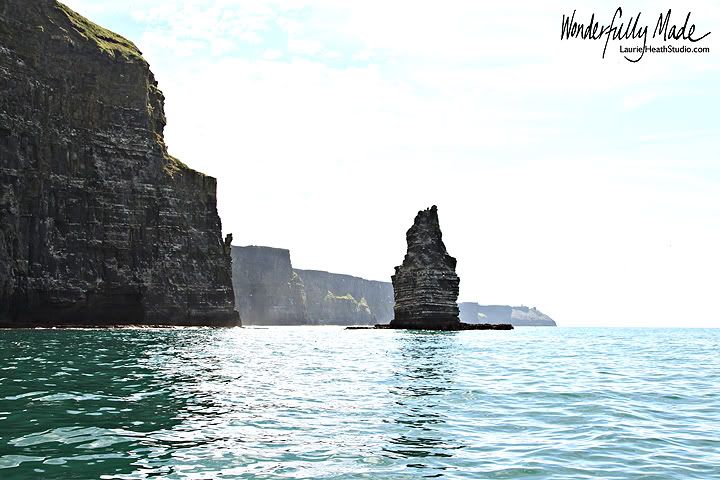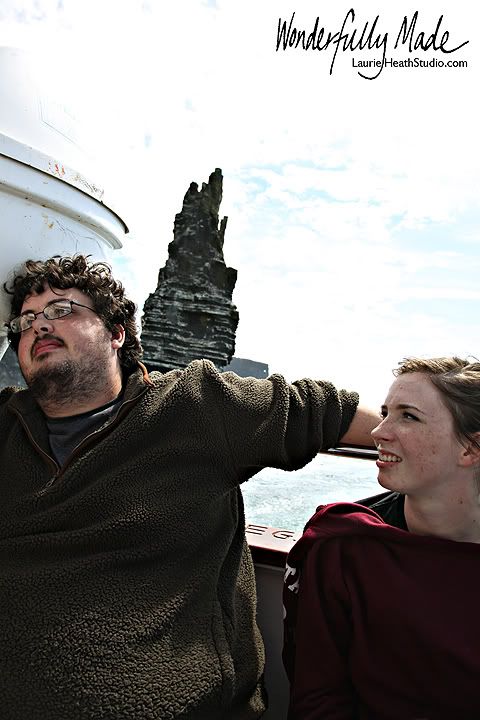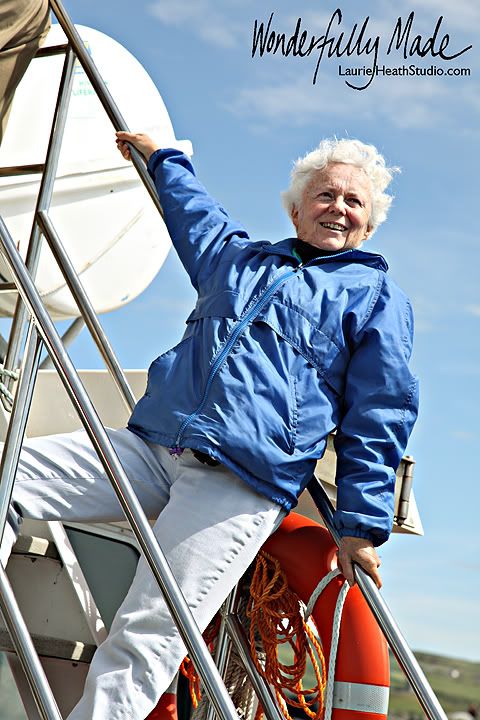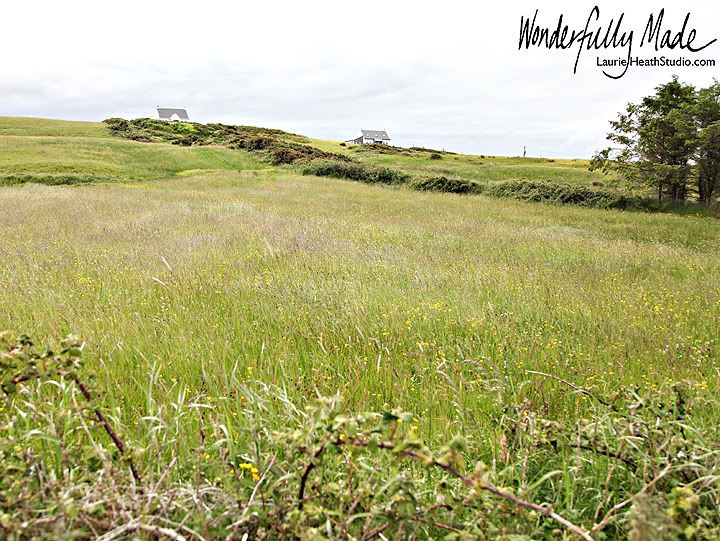
This is quite an eclectic neighborhood. It includes cottages, small farms ... and a castle.

We had driven up and down these roads nearly every day throughout the week but had missed many charming details.
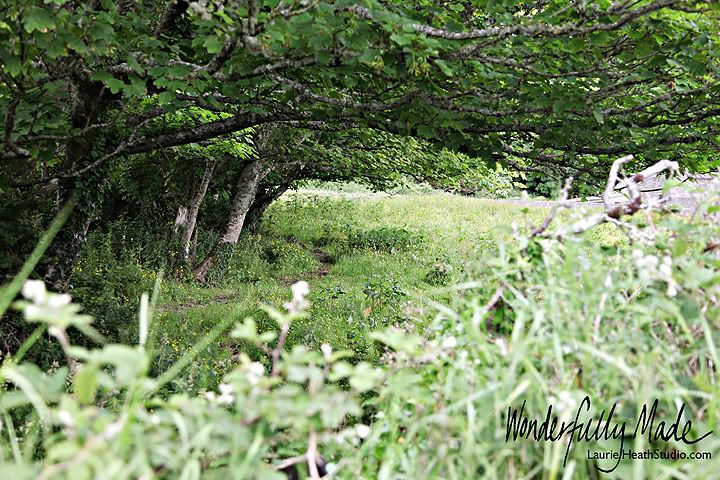
I was nearly overcome by the lovelies all around me, especially the one sitting on the wall!
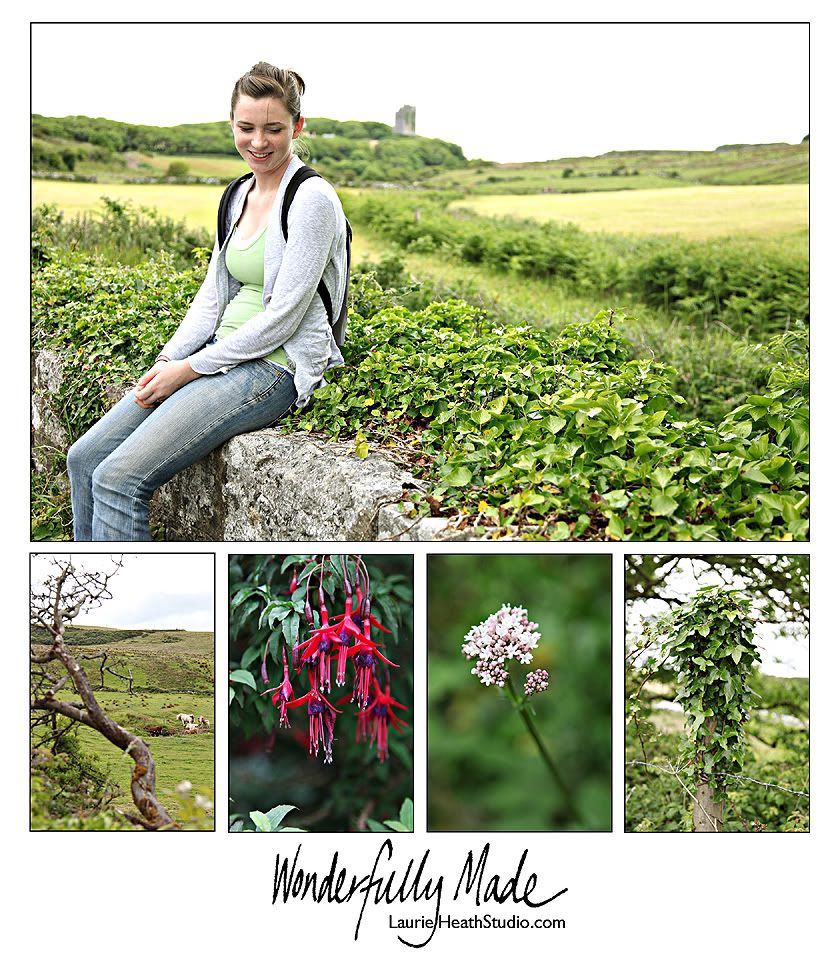
When we reached the main intersection, we had a decision to make: head downhill on R 477 toward the beach we'd never seen or uphill on R 477 toward the castle and a blueberry garden we'd noticed a sign for?
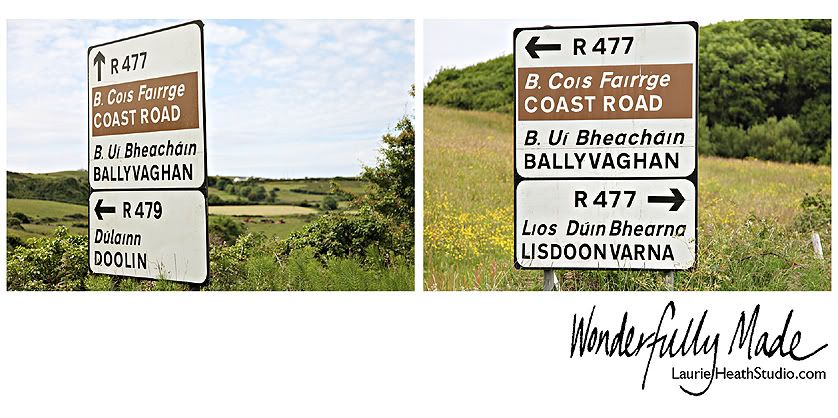
The road to the beach looked shady and inviting ...

... but the castle was right in front of us, calling our names.

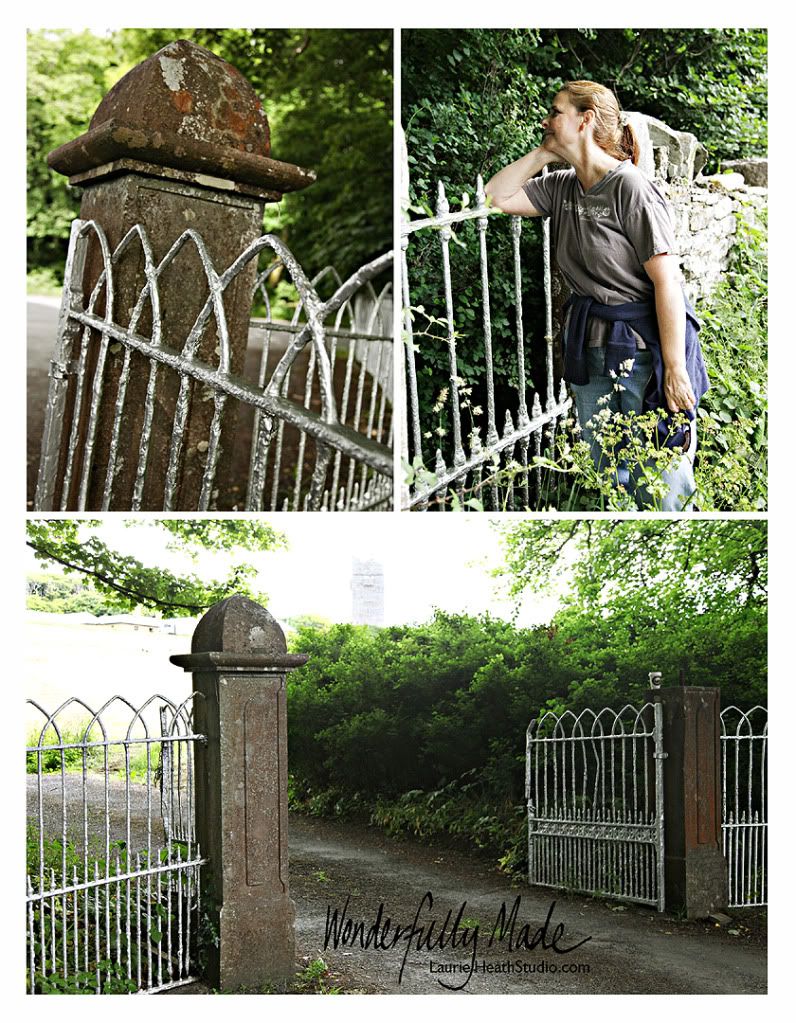
The castle won out as we'd known all along it would. It offered its own shaded road as a bonus.

Ballinalacken Castle is another 15th century O'Brien Clan ruin. In the 1800s, Lord O'Brien built his home next door, which now is a peaceful country inn and restaurant. We stopped in at the front desk to get permission to investigate the castle and were warmly welcomed. One detail was never mentioned, however. The castle gate is kept locked, so exploring is very limited.
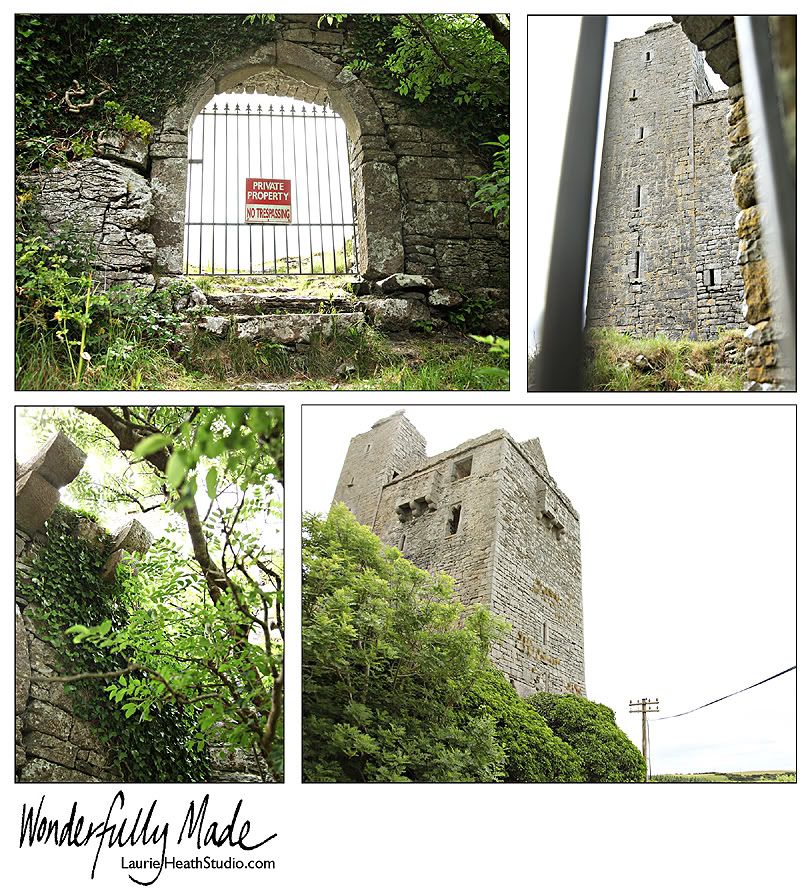
Oh well. It was still nice to turn around and see this bird's eye view of our neighborhood, including the northern tip of the Cliffs of Moher.
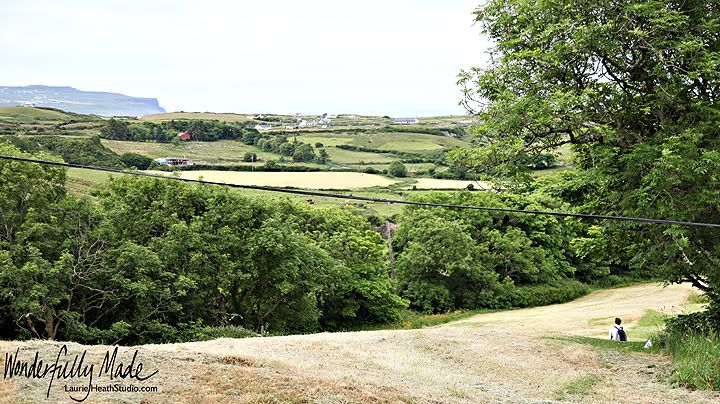
On our way out we were treated to some of God's creative handiwork on the Ballinalacken grounds.
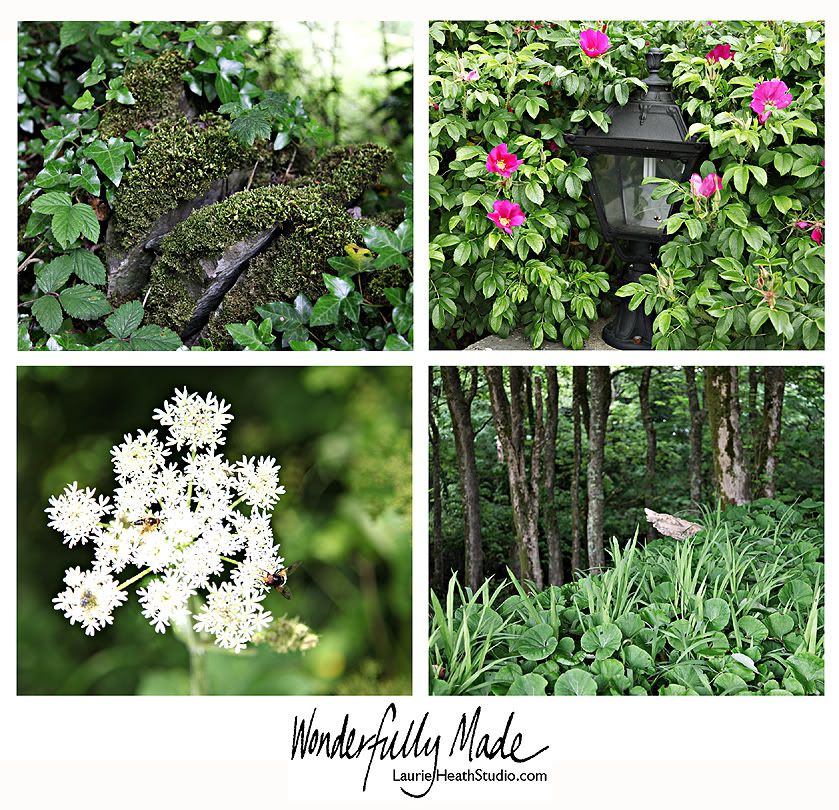

We ventured back out on the road again, staying to the right so that we could spot oncoming cars and dive into the hedges.

Just past the castle was a scenic cow pasture. A few of its residents peeked their heads over the hill to see whether we looked familiar.
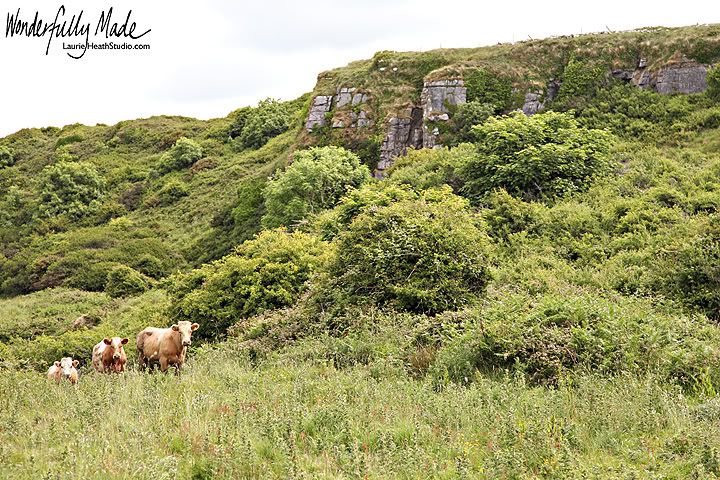
Thus began our next adventure, The Calling of the Cows. With one long blade of grass in her hand, Maggie called the cows and invited them to come over to the gate. They were naturally skeptical at first, but Maggie persevered.
"What should we do? Does anyone recognize her? Is there a chance she has food for us?"
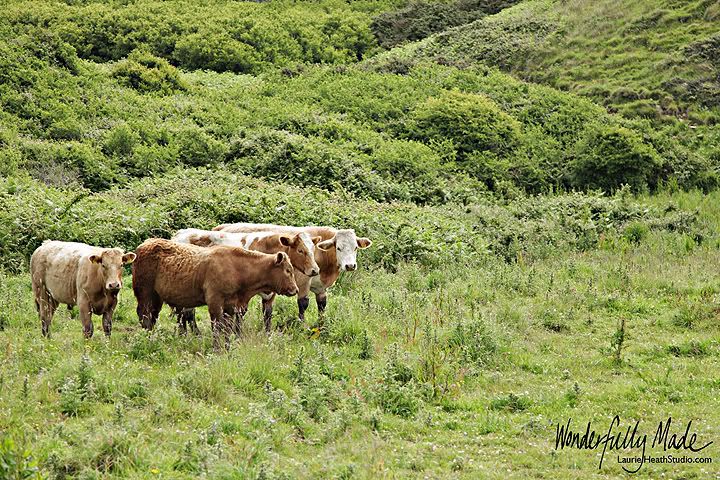
"Might as well give it a shot. Come on, everybody. Look lively."
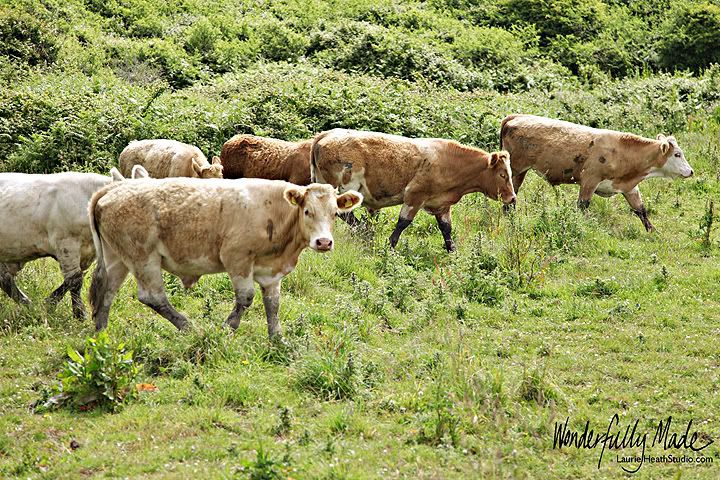
"Maintain eye contact. Don't let her look away. There, we've got her now! She has to feed us. Quickly, quickly. There's no time to waste!"
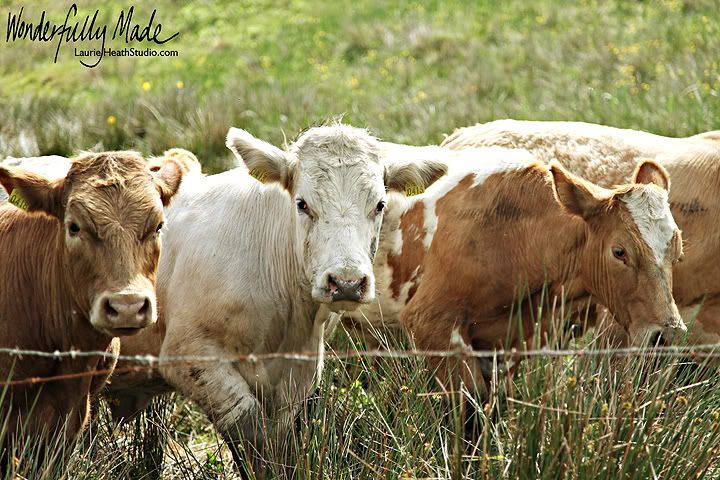
"Wait just a dang minute. What's that she's got in her hand? One little piece of grass? For all of us?! That's not enough to keep a bird alive."

"Might as well give it a shot. Come on, everybody. Look lively."

"Maintain eye contact. Don't let her look away. There, we've got her now! She has to feed us. Quickly, quickly. There's no time to waste!"

"Wait just a dang minute. What's that she's got in her hand? One little piece of grass? For all of us?! That's not enough to keep a bird alive."
"NOW what do we do? We came running all the way over here and now I just feel stupid. Don't look at her! Wait, somebody see what she's doing. Maybe there's more in her other hand."
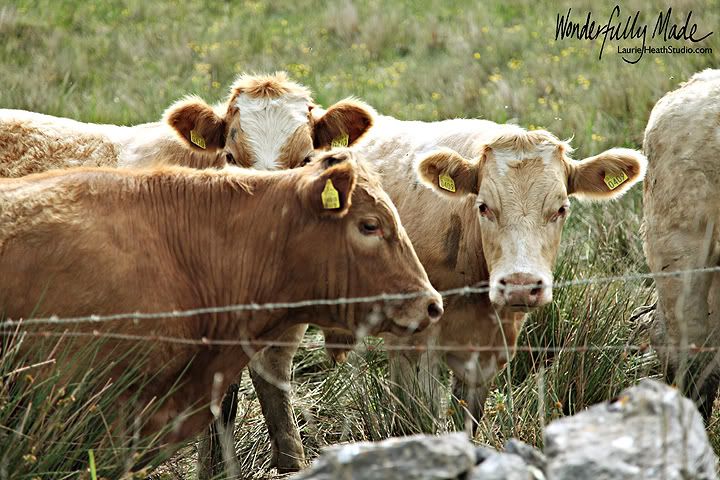
"I think our best bet is to all just stand here and stare at her. Make her feel guilty. Surely that will work. Maybe. Everybody look sad. Is it working? How about now?"
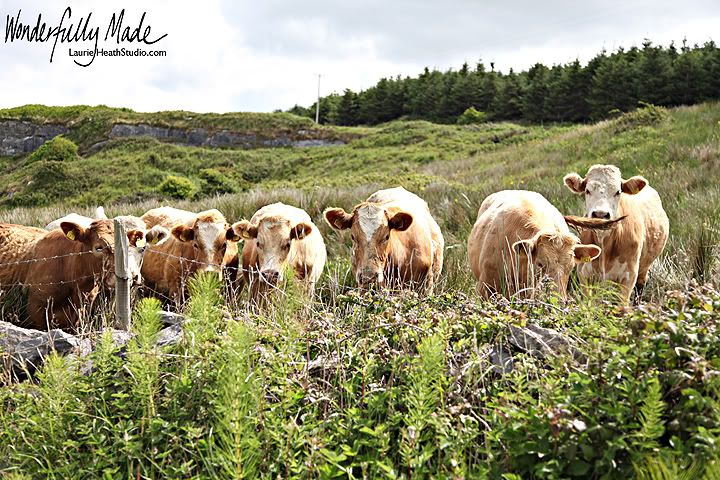
"But ... Hey! Come back!"
The End. Or is it?
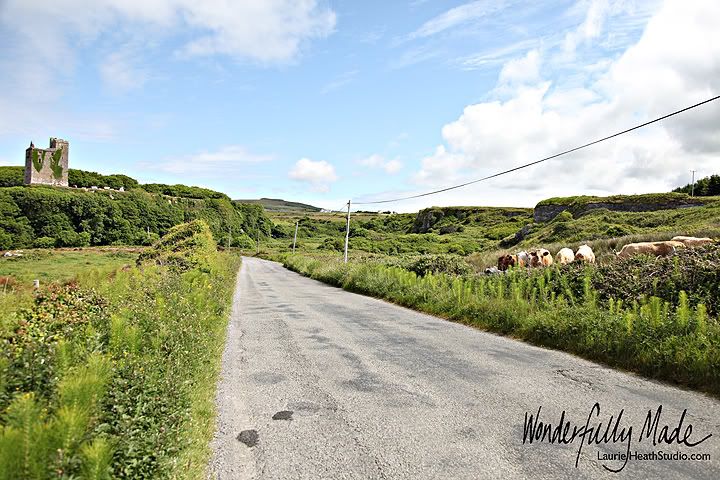
We were grateful to find that the Blueberry Garden sign was just around the next bend in the road. By that point we'd walked about as far as we could go, and I was glad we'd made arrangements for Curtis to come and pick us up if we weren't home after an hour or so. We hiked up the loooooooooong driveway and reached the garden only to find yet another locked gate with a sign telling us that they were closed for the day. Boo for no fresh blueberries!
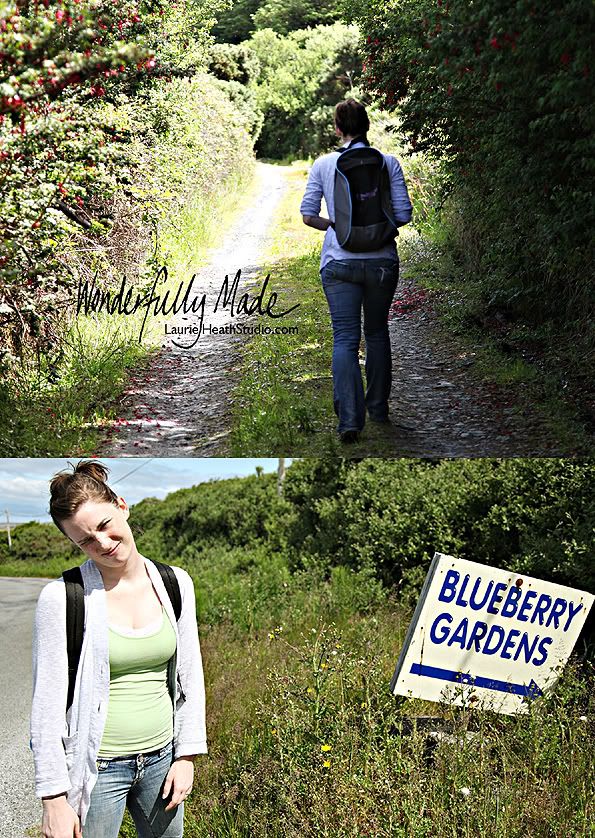
Small consolations aside ...
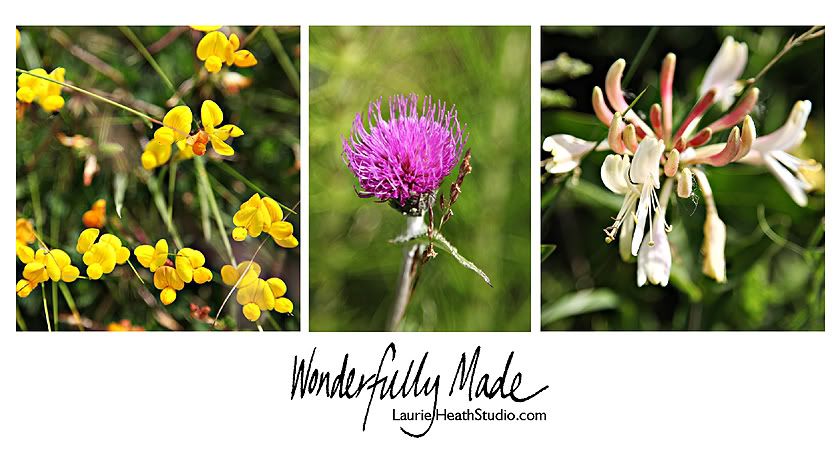
... the only thing we could do was to head back down toward home past the heartbroken yet still faintly hopeful cows. This time it was our turn to not make eye contact, and everyone maintained a dignified silence.

"I think our best bet is to all just stand here and stare at her. Make her feel guilty. Surely that will work. Maybe. Everybody look sad. Is it working? How about now?"

"But ... Hey! Come back!"
The End. Or is it?

We were grateful to find that the Blueberry Garden sign was just around the next bend in the road. By that point we'd walked about as far as we could go, and I was glad we'd made arrangements for Curtis to come and pick us up if we weren't home after an hour or so. We hiked up the loooooooooong driveway and reached the garden only to find yet another locked gate with a sign telling us that they were closed for the day. Boo for no fresh blueberries!

Small consolations aside ...

... the only thing we could do was to head back down toward home past the heartbroken yet still faintly hopeful cows. This time it was our turn to not make eye contact, and everyone maintained a dignified silence.
and twice as many blessings on your calf.
Come, Mary, and sit.
Come, Brigid, and milk.
Come, Holy Michael Archangel and bless the beef,
in the name of the Father, Son and Holy Spirit.
Irish blessing of the cow

